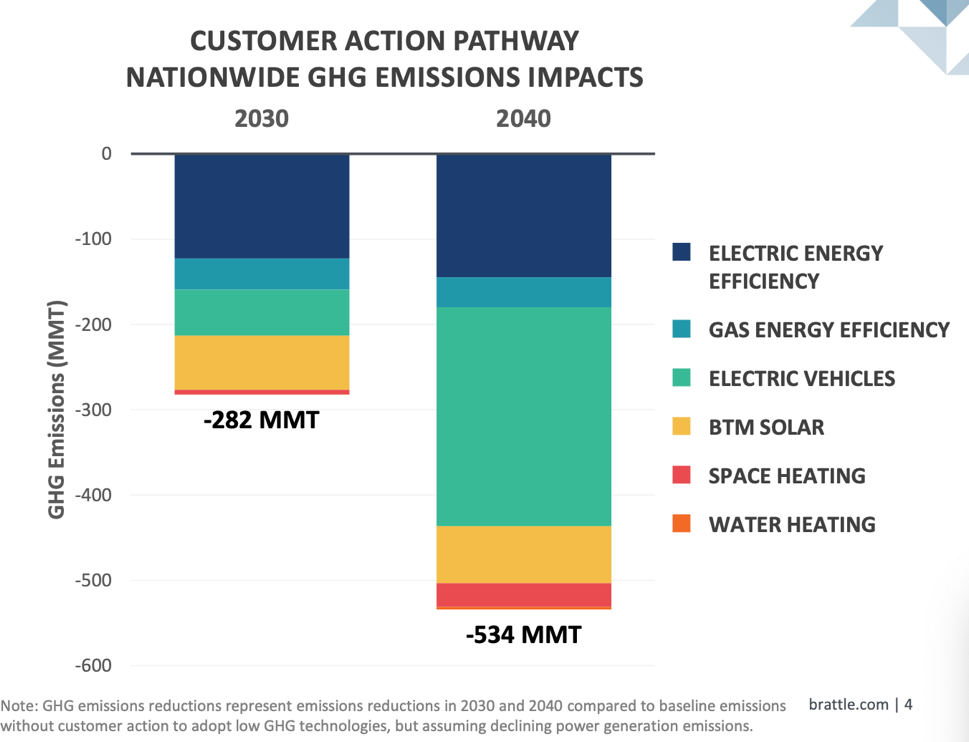

By Guest Contributor | Wed, February 23, 22
This post was submitted by Oracle Utilities, a member of the NEEP Allies Network, and authored by Samantha Caputo, Manager of Regulatory Affairs and Market Development.
Now that we have settled into the New Year, it seemed like an appropriate time to reflect on one of the major events that closed 2021 and will influence climate action to come in 2022. Global leaders met in November at the 26th annual Conference of the Parties (COP26) to outline plans for countries and industries to mitigate and adapt to climate change. COP26 delivered on its primary goal of keeping alive the Paris Agreement’s aim to limit global warming to 1.5°C (2.7°F) above preindustrial levels. Two hundred nations agreed on the Glasgow Climate Pact (GCP), which states that carbon emissions will have to fall by 45 percent by 2030 to maintain the 1.5°C goal. The GCP calls on global leaders to return in 2022 with new, more ambitious targets to curb emissions.
The GCP will result in yearly reports summarizing a nation’s annual commitments to reduce emissions, as well as five-year pledges to ensure alignment with Nationally Determined Contributions that are climate targets for greenhouse gas (GHG) emission reductions, policies and measures governments aim to implement in response to climate change.
Energy efficiency should be a central component to reduce GHG emissions. The International Energy Agency’s analysis on energy efficiency’s role in achieving net zero represents more than 40 percent of the emissions abatement needed by 2040. With energy efficiency at the forefront, the utility industry will need to work hard to become a larger part of the solution.
A recent report by The Brattle Group and Oracle Utilities (the Brattle report) found that by 2040, actions by utility customers can reduce nearly two times more GHG emissions than would result from current policies to promote investments in clean energy supply alone. By adopting new technologies and energy efficient behaviors, residential utility customers can account for 534 metric tons of avoided carbon dioxide by 2040, the equivalent of retiring more than half (135) of the United States' coal plants (there’s irony here given the lengthy discussion at COP26 about phasing down coal, which the U.S. did not sign).
There are various outcomes from COP26 that align with the results of The Brattle report. The report focuses on two key sectors, residential homes and light-duty vehicles, “in which customer actions have a direct impact on GHG emissions.” This is considered the “customer action pathway” to decarbonization. By focusing on homes and light-duty vehicles, the research is pointing to energy efficiency, rooftop solar, growing fleet of EVs, and home electrification as the fastest and most efficient ways that customers can make a difference in climate change. Decarbonizing energy supply can feel removed from most people (which some may appreciate), whereas engaging consumers in decarbonization gives everyone a role in the solution.
Buildings
According to Brattle, energy efficiency is the largest single source of customer decarbonization actions in 2030. This is a resource that must be deployed at scale. Today. COP26 was the first time that attention was brought to the challenge of decarbonizing buildings during an event hosted by IEA. IEA’s event highlighted that buildings are collectively responsible for 40 percent of energy-related carbon emissions and created a space for leaders to discuss strategies to address buildings meant for policy makers. The event focused on the role of building energy efficiency on the path to net zero. Massive improvements in energy efficiency in the built environment are needed to achieve net-zero targets. COP26 pointed to Europe as an example. Europe has launched a plan to reduce emissions and energy use from buildings, requiring 35 million structures to be renovated by 2030. It’s important to realize that much of this can be done now, with technologies that exist today.
Transportation
Many countries signed a declaration on accelerating the transition to 100 percent zero emission cars and vans. Signatories will work towards achieving sales of new zero emission cars and vans by 2040 globally and by 2035 in leading markets. A combination of countries, local government, industry, and financial institutions provides a clear signal for widespread support of transportation electrification.
According to the Brattle report, by 2040 electric vehicle adoption provides the single greatest customer driven decarbonization resource.
The benefits of transportation electrification heavily depend on customer behavior. EV purchases and charging can be complex consumer decisions. Utilities will need to determine their role in zero-emission transportation charging infrastructure, how to promote adoption, and ensure reliability on the grid. Customer education and engagement plans will help encourage consumers to optimize EV charging, engage in time of use pricing, and maximize the benefits of transportation electrification.
Customer Action Pathway
Energy efficiency, electrification, and demand flexibility all rely on influencing customer action on a huge scale and these things won’t happen without providing a pathway for customers. It is important to meet customers where they are and provide thoughtful engagement. The goals and motivation for customers may be vastly different - financial, energy saving impacts, comfort of the home, health and safety, or resiliency of the home, which means various pathways for action may be needed. Opower alone has helped utility customers save more than 15.2 million metric tons of CO2, showing that – when engaged proactively – consumers are willing and even eager to do their part.
Seeing nations come together at COP26 and make renewed commitments to mitigate and adapt to climate change is encouraging, but we need to make sure states and cities in the United States have the tools at their disposal to meet those commitments. We need clean infrastructure and customer action, and we need them at scale, right now.

